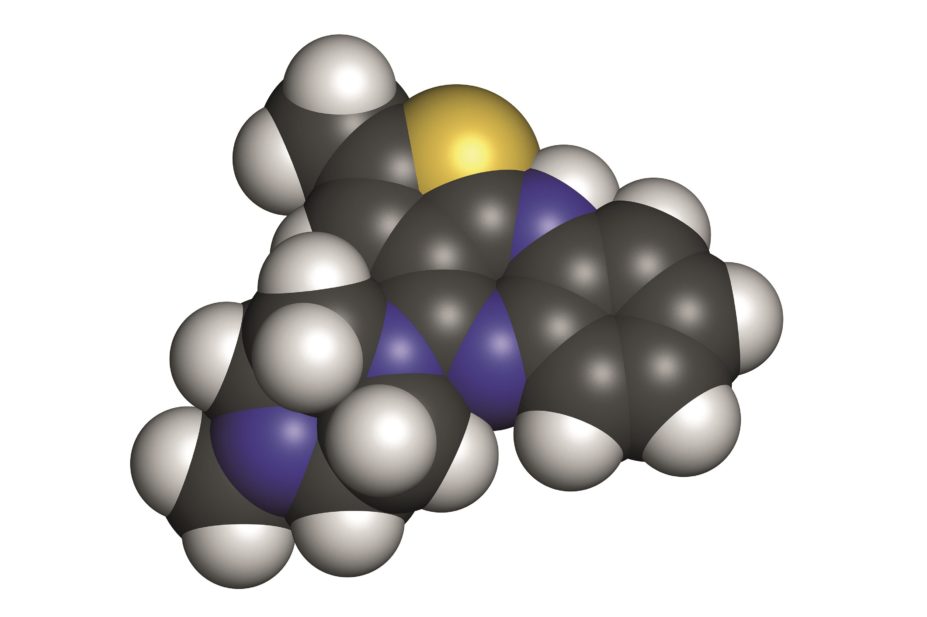
molekuul.be / Alamy Stock Photo
In adults, the use of antipsychotics is associated with impaired glucose tolerance, insulin resistance and a heightened risk of type 2 diabetes. However, less is known about their effects on diabetes risk in young people.
Now, a meta-analysis of 13 studies involving ≥185,000 patients aged 2–24 years has found the risk of diabetes increased 2.6 fold in patients exposed to antipsychotics for three months or more compared with healthy controls. This risk increased 2.1 fold when compared with psychiatric controls. The mean follow-up period was 1.7 years.
The analysis, published in JAMA Psychiatry (online, 20 January 2016)[1]
, concluded that diabetes risk was greatest in males, those treated with olanzapine, and those with a longer exposure time.
The researchers say that prescribers should carefully weigh up the risks and benefits of antipsychotic treatment, particularly in patients with non-psychiatric conditions.
References
[1] Galling B, Roldán A, Nielsen RE et al. Type 2 Diabetes Mellitus in Youth Exposed to Antipsychotics. JAMA Psychiatry 2016; doi:10.1001/jamapsychiatry.2015.2923.


